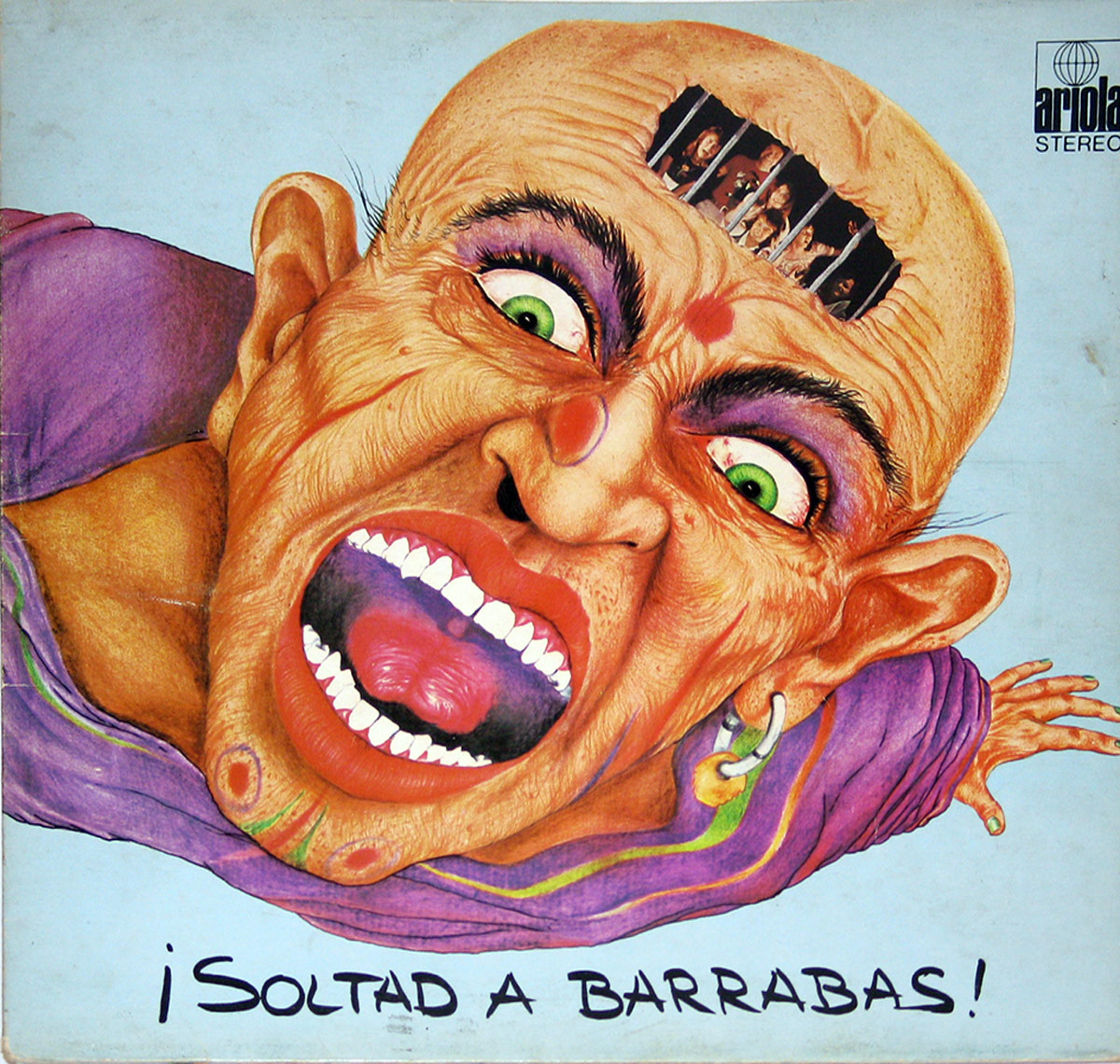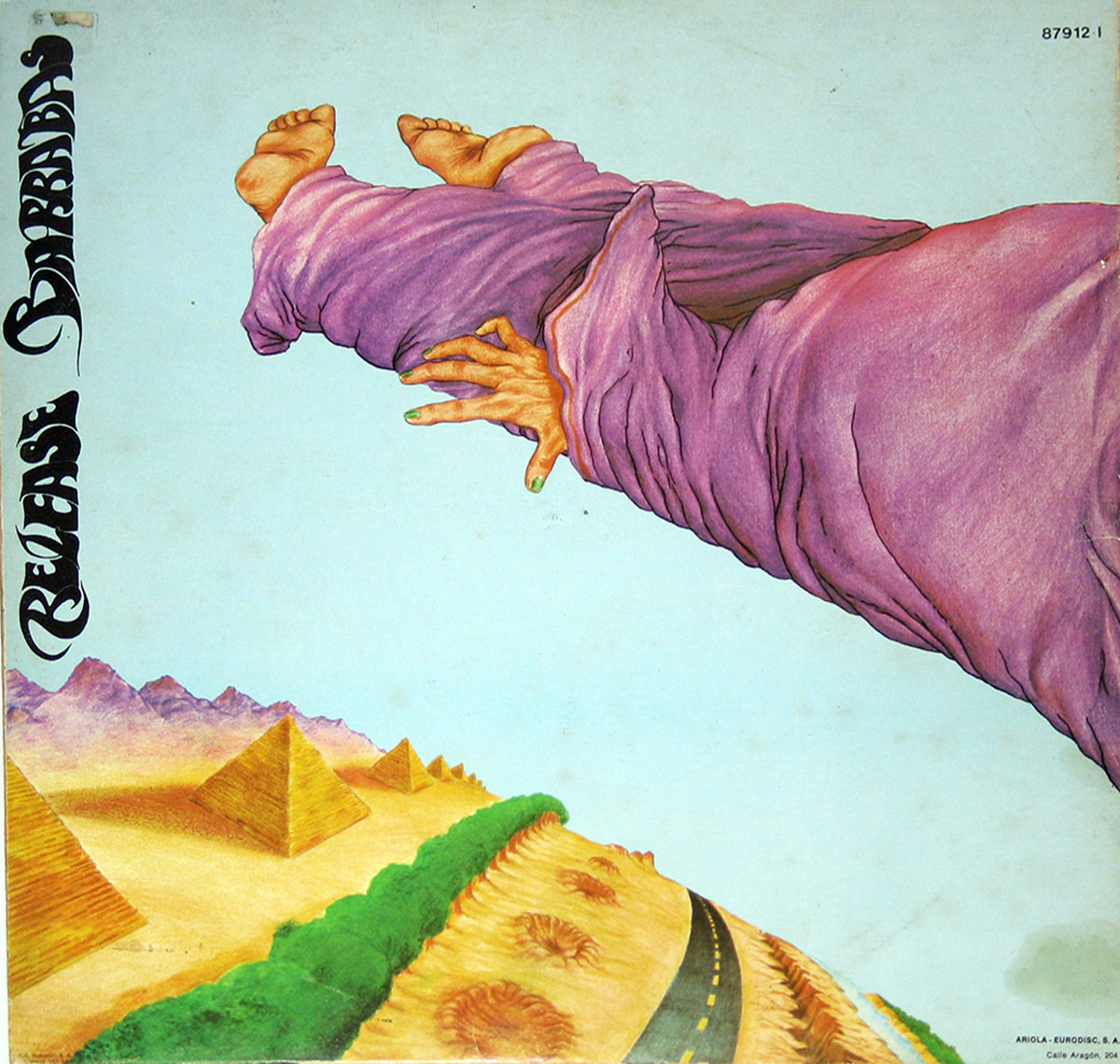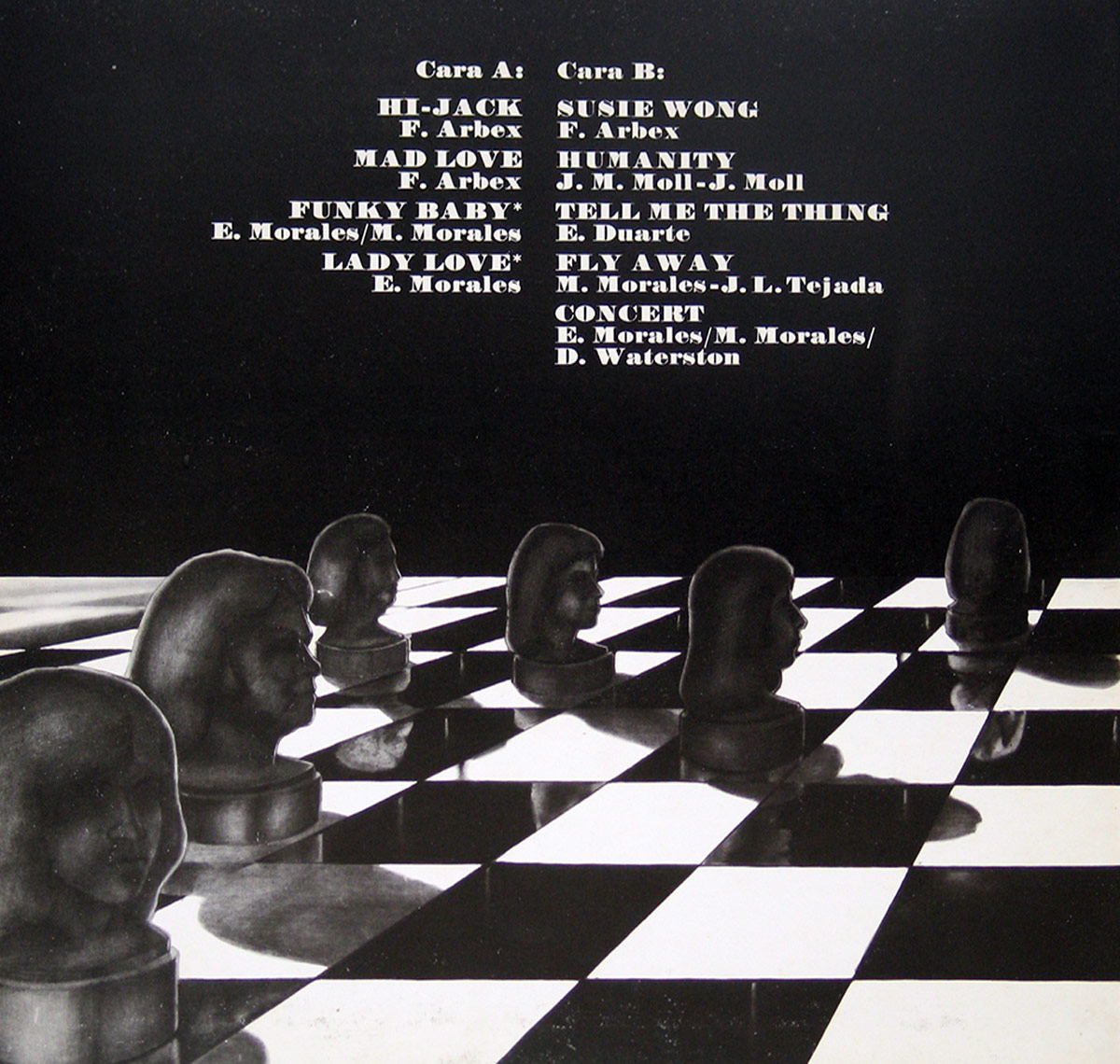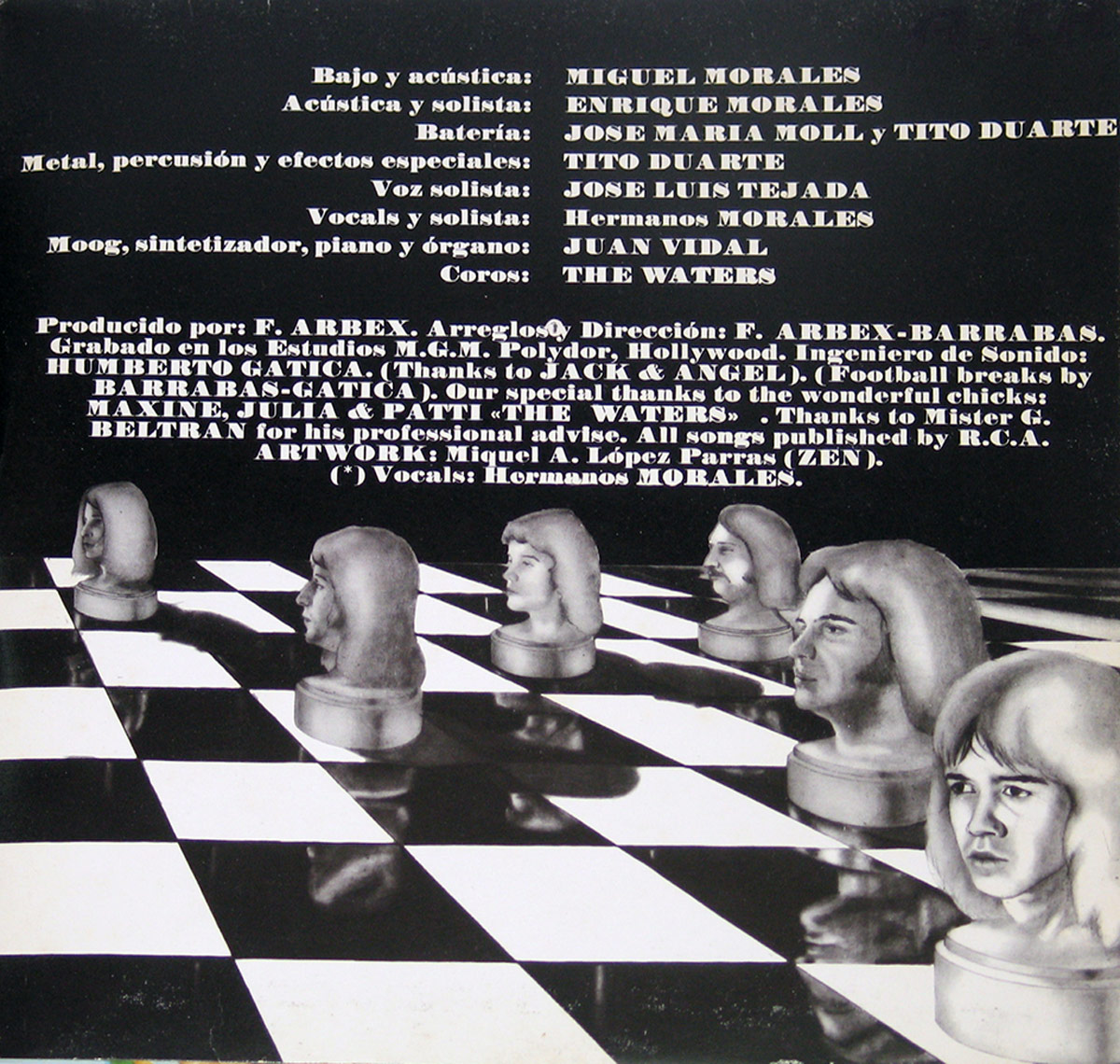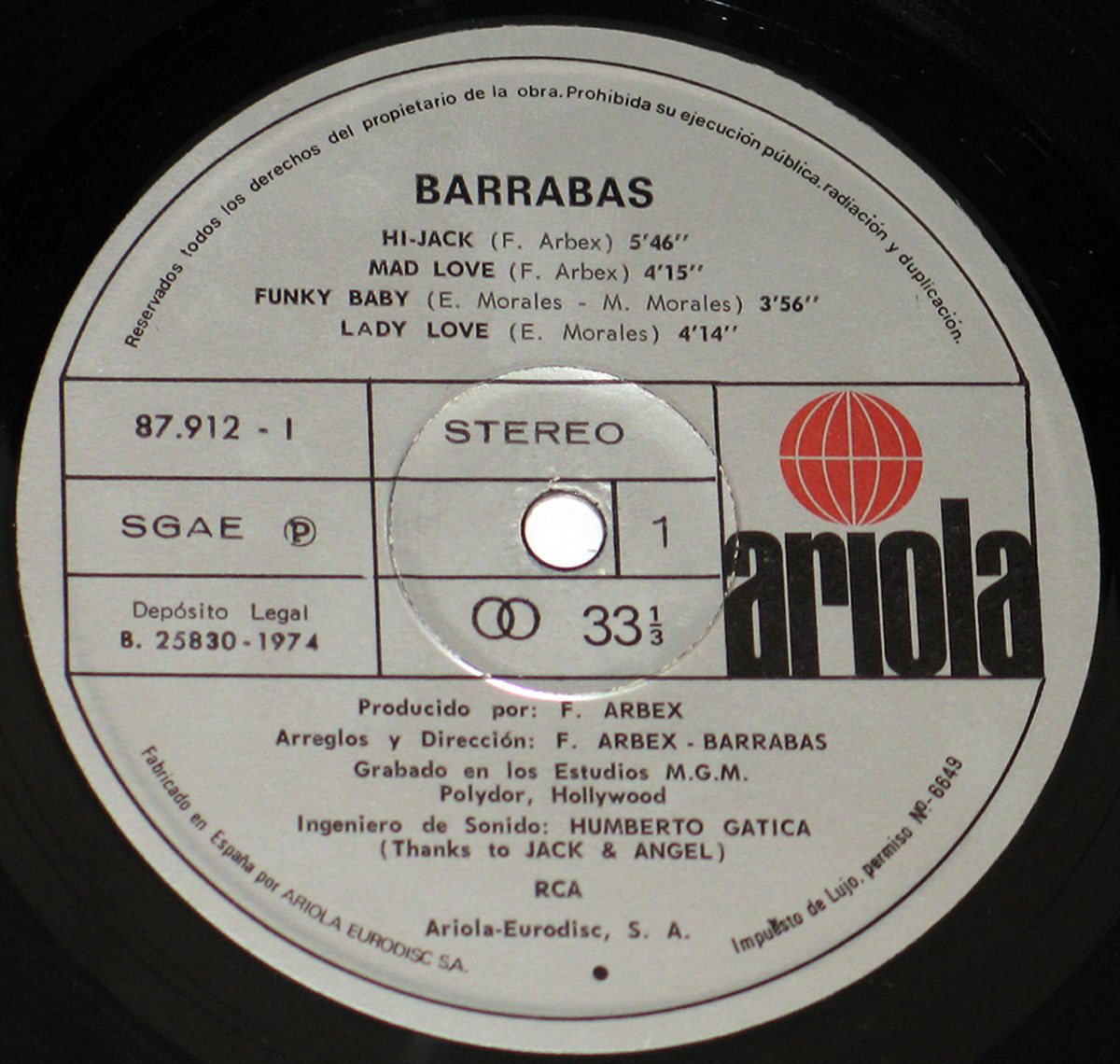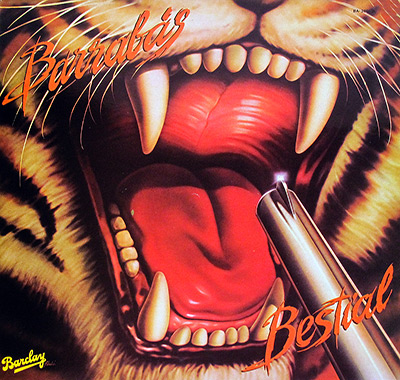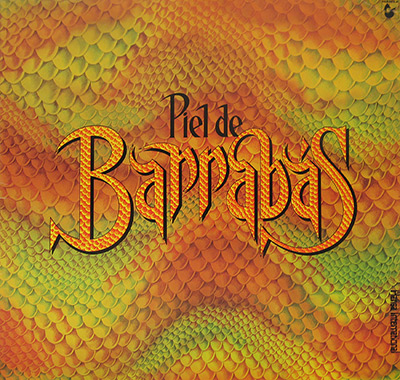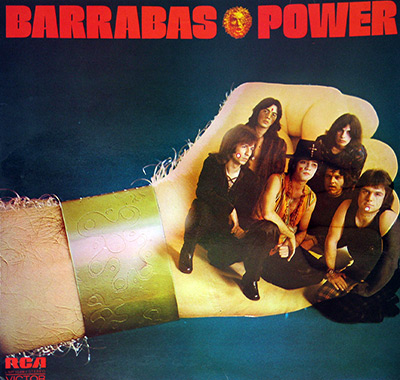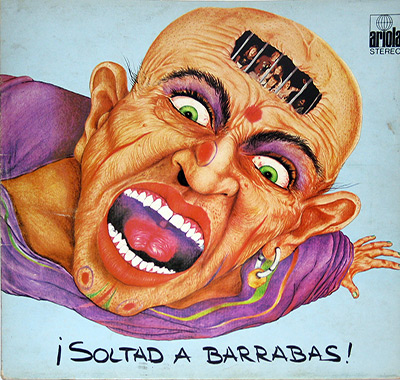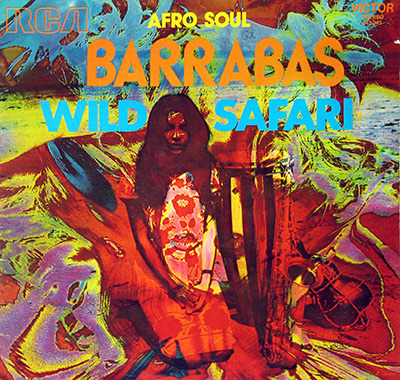The Historical Context
In the early 1970s, Spain was undergoing a cultural and musical transformation. Under Francisco FrancoÕs authoritarian regime, the country was largely isolated from the wider rock and funk movements taking the world by storm. Yet, amidst these constraints, Barrab‡s emerged as one of the few Spanish acts to break international barriers, fusing Latin rhythms with rock, funk, and jazz influences. By 1974, the band had already gained traction in Europe and Latin America, and *ÁSoltad a Barrab‡s!* was a defining moment in their trajectory.
Musical Exploration and Genre Fusion
This album is an ambitious blend of Latin funk, soul, jazz, and progressive rock, characterized by its infectious grooves and experimental structures. Tracks like "Hi-Jack" exemplify the band's ability to merge pulsating funk basslines with Latin percussive rhythms, a sound reminiscent of War or early Santana but with a distinctly European sensibility. "Mad Love" introduces a more soulful, almost blues-inflected vocal delivery, while "Funky Baby" leans heavily into the raw funk aesthetic, featuring syncopated drum patterns and electric keyboard flourishes.
Barrab‡s didnÕt merely imitate American and British trends; they adapted them, incorporating native Spanish and Latin American influences. "Tell Me the Thing" showcases a jazzier approach with a saxophone-driven arrangement, reminiscent of the jazz fusion scene bubbling up in the United States. Meanwhile, "Fly Away" and "Concert" lean towards a more prog-rock-inspired style, making use of intricate instrumental sections and dynamic shifts in tempo.
The Controversies
Barrab‡s was no stranger to controversy, though theirs was more about image than politics. The albumÕs cover art itself sparked discussion. Featuring a grotesquely exaggerated caricature of a bald, wide-eyed man with a barred window cut into his forehead, it was as unsettling as it was provocative. Some saw it as a commentary on repression, while others simply considered it avant-garde surrealism. The back cover, depicting a floating, robed figure above a desert landscape with pyramids, further cemented the bandÕs reputation for visually striking and enigmatic album presentations.
Production Team and Recording Studio
ÁSoltad a Barrab‡s! was produced by Fernando Arbex, the mastermind behind the band and one of SpainÕs most influential musicians. Arbex, who had previously been a key figure in the Spanish pop-rock scene with Los Brincos, took a keen interest in evolving Barrab‡sÕ sound into an internationally viable fusion act.
The album was recorded at M.G.M. Polydor Studios in Hollywood, a testament to the band's ambition to compete on the global stage. The engineering was handled by Humberto Gatica, an up-and-coming Chilean sound engineer who would later become a major player in the industry, working with artists like Michael Jackson and Celine Dion. The Hollywood recording sessions lent the album a crisp, polished sound, making it stand out against many of its contemporaries in Spain and Latin America.
Differences with Other Releases
As with many albums of the era, international releases of ÁSoltad a Barrab‡s! came with notable differences. The Spanish pressing under Ariola featured the full gatefold artwork and liner notes, while some North American versions saw alterations in cover design and track sequencing to appeal to different markets. Additionally, "Hi-Jack," the albumÕs most commercially successful track, was later remixed and covered by jazz flutist Herbie Mann, helping to popularize the song outside of Spain.
